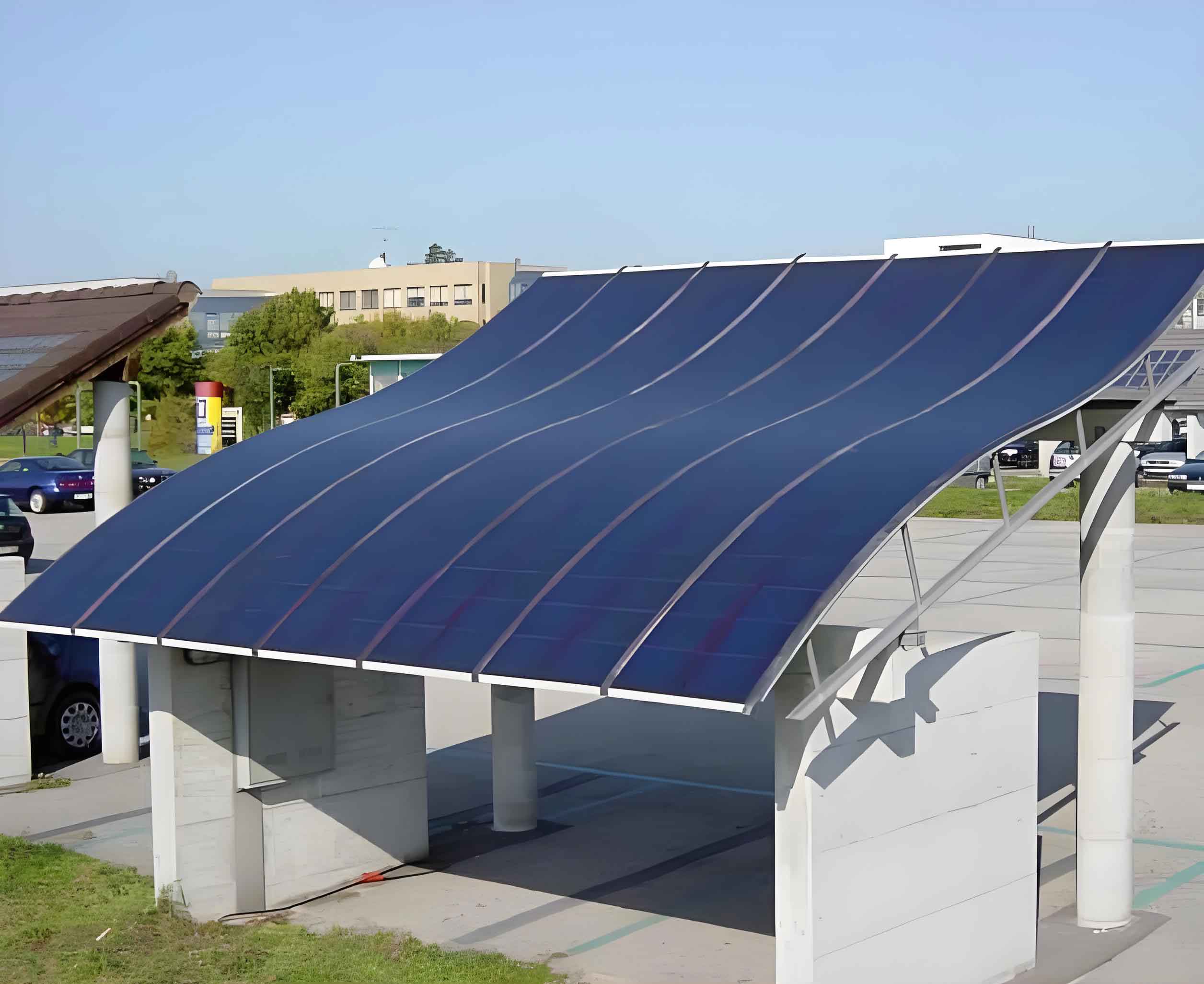Introduction
Photovoltaic panels have traditionally been rigid, bulky, and often limited by their installation options. However, recent advancements in flexible photovoltaic panels have revolutionized the solar energy landscape. Flexible photovoltaic panels offer numerous advantages, including lightweight design, versatility, and ease of installation. This article explores the latest innovations in flexible photovoltaic panels, their applications, benefits, and future potential in integrating with energy storage systems.
What Are Flexible Photovoltaic Panels?
Flexible photovoltaic panels are made from thin, lightweight materials that allow them to bend and conform to various surfaces. Unlike traditional rigid photovoltaic panels, these flexible panels can be integrated into a wide range of applications, including portable devices, wearable technology, and building-integrated photovoltaics.

Table 1: Comparison of Traditional Rigid Photovoltaic Panels and Flexible Photovoltaic Panels
| Feature | Traditional Rigid Photovoltaic Panels | Flexible Photovoltaic Panels |
|---|---|---|
| Weight | Heavy | Lightweight |
| Installation | Limited to flat surfaces | Versatile, can conform to various shapes |
| Durability | High, long lifespan | Varies, improving with technology |
| Efficiency | Higher | Increasing with advancements |
| Cost | Decreasing but still significant | Initially higher, reducing with scale |
Innovations in Material Science
The development of new materials has been a significant driver of innovation in flexible photovoltaic panels. Materials such as organic photovoltaic cells, perovskite solar cells, and thin-film solar cells have shown promise in enhancing the efficiency and durability of flexible photovoltaic panels.
List: Key Materials Used in Flexible Photovoltaic Panels
- Organic Photovoltaic Cells: Made from organic molecules, offering flexibility and lightweight properties.
- Perovskite Solar Cells: High efficiency and flexibility, with potential for low-cost production.
- Thin-Film Solar Cells: Made from materials like amorphous silicon, cadmium telluride, and copper indium gallium selenide, providing lightweight and flexible options.
Applications of Flexible Photovoltaic Panels
Flexible photovoltaic panels open up a myriad of new applications that were previously impractical with traditional rigid panels. Their adaptability makes them suitable for a variety of innovative uses.
List: Applications of Flexible Photovoltaic Panels
- Portable Devices: Integration into backpacks, tents, and clothing for on-the-go charging.
- Building-Integrated Photovoltaics: Seamless incorporation into building materials, such as roofing, windows, and facades.
- Wearable Technology: Powering wearable devices, including smartwatches and fitness trackers.
- Transportation: Application on vehicles, including cars, buses, and boats, to supplement power needs.
- Agricultural Use: Installation on greenhouses and agricultural equipment to provide additional power sources.
Benefits of Flexible Photovoltaic Panels
The unique properties of flexible photovoltaic panels provide several advantages over traditional rigid panels. These benefits enhance their appeal across various sectors.
List: Benefits of Flexible Photovoltaic Panels
- Versatility: Can be applied to surfaces and structures where rigid panels cannot be installed.
- Lightweight: Easier to transport and install, reducing labor and shipping costs.
- Aesthetic Integration: Better aesthetic integration into buildings and products, maintaining design integrity.
- Durability: Improved resilience against mechanical stress and impact.
- Increased Applications: Expanded range of potential applications, from consumer electronics to large-scale infrastructure.
Integration with Energy Storage Systems
Integrating flexible photovoltaic panels with energy storage systems enhances their functionality, ensuring a steady supply of power regardless of sunlight availability. Energy storage systems store excess energy generated by the panels, which can be used during periods of low sunlight or at night.
Table 2: Benefits of Integrating Flexible Photovoltaic Panels with Energy Storage Systems
| Benefit | Description |
|---|---|
| Continuous Power Supply | Provides energy even when sunlight is not available |
| Grid Independence | Reduces reliance on the traditional power grid |
| Peak Shaving | Stores energy during off-peak hours for use during peak demand |
| Enhanced Energy Efficiency | Maximizes the utilization of generated solar energy |
| Backup Power | Provides a reliable power source during outages or emergencies |
Recent Technological Advancements
Recent advancements in technology have significantly improved the efficiency, durability, and cost-effectiveness of flexible photovoltaic panels. Innovations in material science, manufacturing processes, and energy storage systems have driven these improvements.
List: Technological Advancements in Flexible Photovoltaic Panels
- Enhanced Materials: Development of more efficient and durable materials, such as improved perovskite and organic photovoltaic cells.
- Manufacturing Techniques: Advances in roll-to-roll printing and other scalable manufacturing techniques, reducing production costs.
- Energy Storage Integration: Improved integration with advanced energy storage systems, such as lithium-ion and solid-state batteries.
- Smart Grid Compatibility: Enhanced compatibility with smart grid technologies, allowing for better energy management and distribution.
- Durability Improvements: Increased resistance to environmental factors such as moisture, UV exposure, and mechanical stress.
Future Prospects
The future of flexible photovoltaic panels looks promising, with ongoing research and development aimed at further improving their efficiency, cost, and applications. As technology continues to advance, the adoption of flexible photovoltaic panels is expected to grow, providing a sustainable and versatile solution for renewable energy generation.
List: Future Trends in Flexible Photovoltaic Panels
- Increased Efficiency: Ongoing research aims to boost the efficiency of flexible photovoltaic panels to match or exceed traditional panels.
- Cost Reduction: Advances in manufacturing and material science are expected to lower production costs, making flexible panels more accessible.
- Expanded Applications: Continued innovation will lead to new applications in diverse fields such as aerospace, marine, and consumer electronics.
- Integration with IoT: Flexible photovoltaic panels will increasingly integrate with the Internet of Things (IoT), providing smart energy solutions.
- Environmental Impact: Focus on developing eco-friendly materials and processes to minimize the environmental footprint of photovoltaic panel production.
Conclusion
Innovations in flexible photovoltaic panels are transforming the renewable energy landscape. These panels offer unparalleled versatility, lightweight design, and ease of installation, making them suitable for a wide range of applications. As technology advances, the efficiency and affordability of flexible photovoltaic panels continue to improve, paving the way for broader adoption and integration with energy storage systems. The future holds exciting possibilities for flexible photovoltaic panels, contributing to a more sustainable and energy-efficient world.
